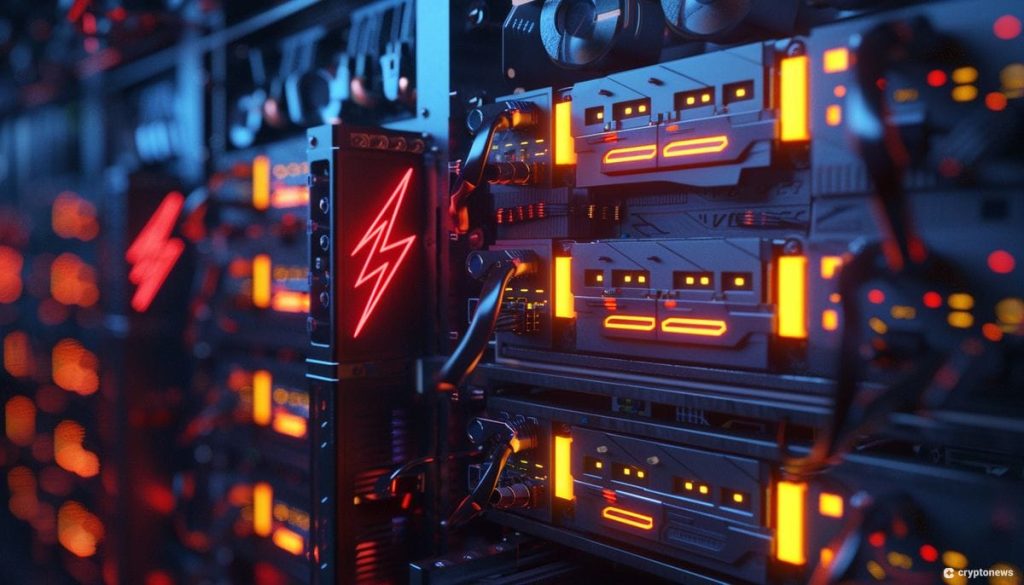The momentum around Bitcoin continues to build as the Halving Event approaches, impacting both large-scale and small-scale miners. Large-scale miners are looking for energy-efficient ways to carry out operations, while small-scale miners are facing challenges with decreasing mining rewards and rising transaction fees. The Lightning Network, a layer-2 solution for the Bitcoin blockchain, is playing an important role in supporting small-scale miners during this time. By leveraging payment channels, the Lightning Network allows for peer-to-peer payments that are faster and less expensive than traditional Bitcoin transactions.
The Lightning Network has seen an adoption spike, with businesses increasingly leveraging the network for payments. Small-scale mining pools are also starting to use the Lightning Network for payouts.
NiceHash, a mining platform, began supporting manual Lightning Network withdrawals in 2020, allowing miners to receive instant payouts every 4 hours without Bitcoin blockchain transaction fees. Other mining pools, such as Braiins, have also implemented support for the Lightning Network, enabling small miners to receive their rewards more efficiently.
As the Bitcoin Halving Event approaches, Bitcoin transaction fees are expected to increase, making the Lightning Network even more valuable for small-scale miners. By using LN for payouts, miners can avoid high fees associated with traditional transactions and receive their rewards promptly.
While challenges remain in terms of adoption, the Lightning Network is growing in popularity. More than 80 million users now have access to LN, a significant increase from the 100,000 users in 2022. Companies like Synota are working to drive LN adoption by enabling energy suppliers, hosting services, and brokers to receive payments via LN. Despite the complexity of operating on LN, companies like Braiins have successfully implemented LN payouts with the help of experts.
Overall, the Lightning Network is proving to be a valuable tool for small-scale miners facing challenges such as decreasing rewards and rising transaction fees. By leveraging the Lightning Network for payouts, miners can receive their rewards more efficiently and avoid the high fees associated with traditional Bitcoin transactions. As LN adoption continues to grow, it is expected to play an even more important role in supporting miners in the future.


